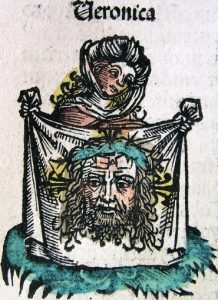A conference convened by Jason Scott-Warren and Caroline van Eck.
CRASSH, Cambridge, 10-11 May 2019.
‘As social persons, we are present, not just in our singular bodies, but in everything in our surroundings which bears witness to our existence, our attributes, and our agency’. This is the contention of the anthropologist Alfred Gell, who in his posthumous study Art and Agency (1998) elaborates the idea that personhood is distributed, extending outwards into the world through a variety of artefacts and technologies. Material things have an excessive and sometimes bizarre power to distribute the self, facilitating the transmission of human and divine agency over vast tracts of space and time. Gell invites us to think of the objects that serve this purpose as exuviae: remnants, relics, cast-offs or spoils, which while they have been separated from their host remain a part of it, or sometimes the whole of it, as a relic manifests a saint. Considered as exuvial, a portrait is not a dead and distant representation; it is part of its sitter, which continues to manifest life and presence once it has been sent out into the world. And many other kinds of object play a similar role.
On the twenty-first birthday of Art and Agency, this conference will explore Gell’s notion of the exuvial in all of its multiplicity and richness. Bringing together experts from a variety of disciplines, it will pursue some of the numerous ways in which the self has been circulated, around the world and across history. Our comparative study will take us from the intimately bodily (hair, teeth, skin), via coverings such as clothing and armour, to material media such as printed books and painted panels. We will also take in more intangible social skins such as fame, gossip and reputation, as well as posthumous avatars such as ghosts, souls and children. Among the questions that we will ask are: what historical forces conspire to give artefacts the power to transmit presence and personhood? How do different kinds of exuviae work together, and how do objects compete with one another for exuvial status? What happens when a whole class of objects is barred from exerting any exuvial force? Our presupposition is that many cultural variables come together to shape the story of human distributions. By exploring these variables, we will achieve a fuller understanding of our place in the world of things.
For further information see: http://www.crassh.cam.ac.uk/events/27902
